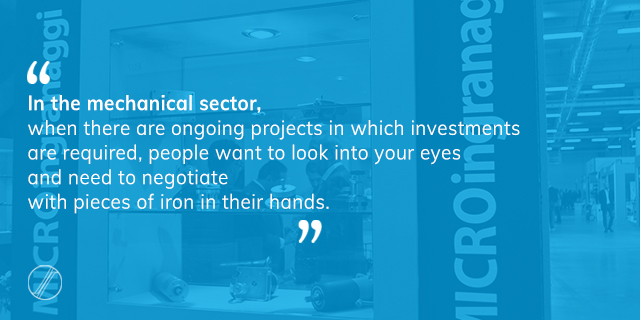Industry 4.0 is probably one of the topics most being discussed at the moment. I myself have also spoken about it several times in this blog. But in practical terms of the Plan what is the current situation?
About a month ago the Minister Calenda and Matteo Renzi presented the National Industry Plan 4.0 drafted by the Government. What do you actually think about it?
Here are some considerations…
The focus of Industry 4.0 is interconnection, the integration of systems and processes. It goes without saying that those who remain outside of this context are not seen by the other players and stop developing.
Talking however about interconnection and integration reminds me of an episode that occurred a few years ago in the automotive sector. When Electronics began to be a major element in cars, many problems were experienced relating to the fact that the control units fitted on cars were manufactured by a variety of suppliers at different times who therefore had difficulty communicating with one another. The problem was actually resolved with the creation of a sort of Bosch/Magneti Marelli market ‘duopoly’ which, having absorbed the small enterprises, initiated a process of standards harmonization.
If we therefore return to discussing the Smart Factory, my first question is this: at company level could a similar problem occur? The aim is of course to reach a point where one and the same language is spoken but is this likely to happen? And if so, how long do we have to wait?
There are some who wonder whether the National Industry Plan 4.0 proposed by the Government will actually be implemented or whether it is just the usual pre-election campaign hype. It is difficult to say. The super amortization of up to 140% introduced by the 2016 Stability Law, that allows companies that invest in capital goods to fiscally amortize the asset at 140% instead of 100%, was indeed implemented. Obviously with limitations: this initiative can only be accessed by businesses that satisfy certain parameters for example those which achieve a certain type of profit (which these days is anything but taken for granted) or such as pursuing a policy of constant and progressive investment (equally not taken for granted). On the one hand this type of manoeuvre is effective because it rewards the most successful enterprises while on the other it gives the impression of excluding the vast majority of companies in our country because, for one reason or another, they do not fulfill the required parameters.
In my opinion therefore we shouldn’t be focusing so much on why the Government has presented this Plan but rather on the actual possibility for Italian firms to benefit from it. This possibility will then in fact depend on the actual consistency of the capital made available.
I will conclude with one final point. Speaking of the enterprises that comprise the industrial fabric of our country, I note that the larger companies are already moving in this direction regardless of government funding. For small- and medium-sized companies it is somewhat more uncertain and it will be necessary to understand whether the entrepreneurs of our country believe in it enough to move their economic-expansionist strategies or not in that direction. Finally, regarding the smaller companies I think for the modus operandi that has always characterized them, it will be a case of moving in response to external stimuli. Stimuli that, in relation to the technologies for Industry 4.0, as I understand it, are still being awaited…





